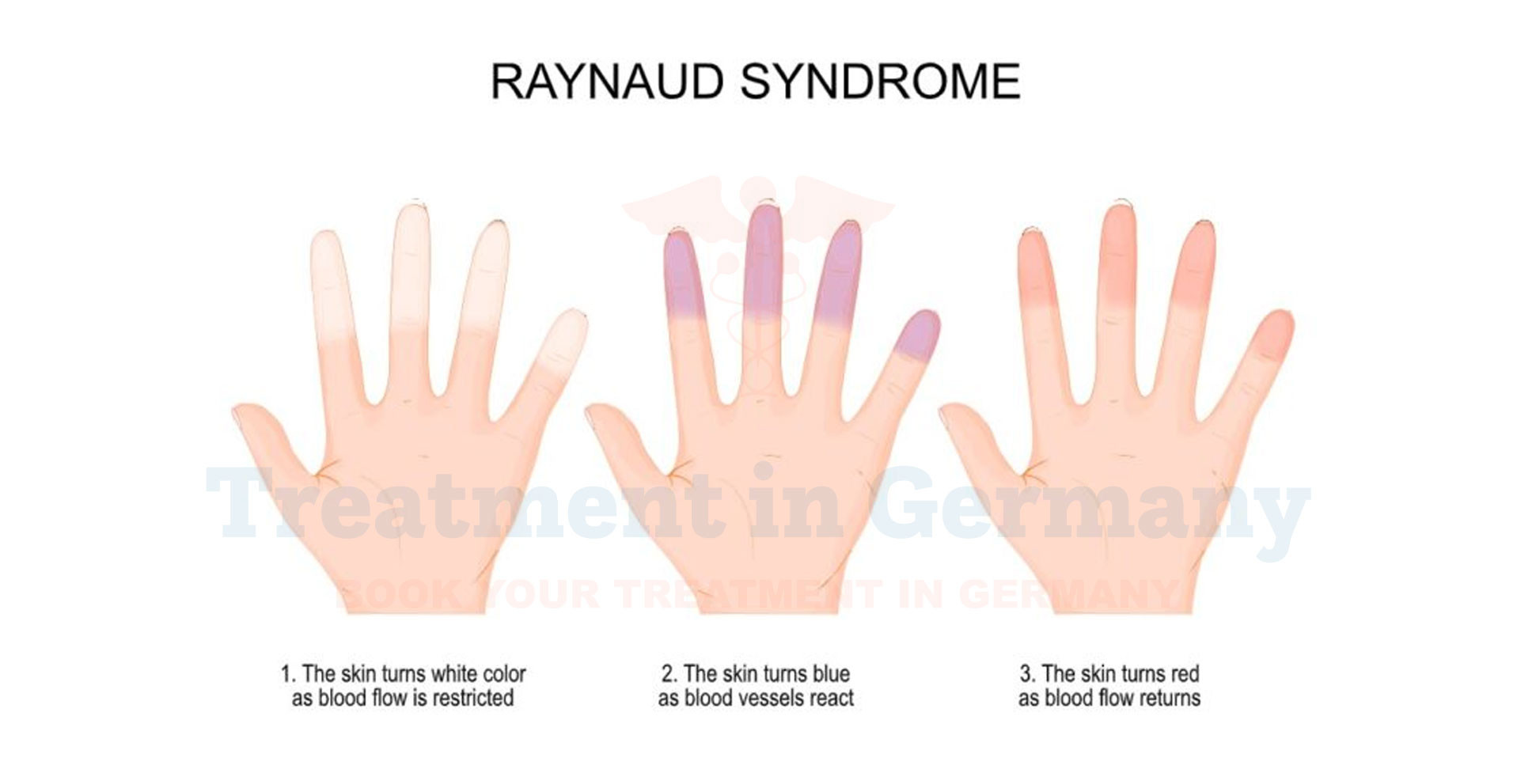What is Raynaud's Phenomenon?
Raynaud's Phenomenon is a condition that affects blood flow to certain parts of the body, usually the fingers and toes. It is characterized by episodes of reduced blood flow, which can cause the affected areas to turn white or blue and feel cold and numb.
These episodes are often triggered by cold temperatures or stress. The phenomenon occurs due to an abnormal response of the blood vessels, leading to constriction and decreased blood supply.
Side Effects of Raynaud's Phenomenon
The side effects of Raynaud's Phenomenon can vary from mild to severe and may include:
- Color Changes: Fingers or toes may change color from white to blue or red during an episode.
- Cold Extremities: Affected areas may feel cold to the touch.
- Numbness and Tingling: There may be sensations of numbness or tingling in the affected areas.
- Pain: Some individuals experience pain during or after an episode, which can range from mild discomfort to severe pain.
- Ulcers or Sores: In severe cases, prolonged episodes can lead to skin ulcers or sores on the fingertips or toes.
How is Raynaud's Phenomenon Diagnosed?
Diagnosing Raynaud's Phenomenon involves a combination of medical history, physical examination, and diagnostic tests:
- Medical History: Your healthcare provider will ask about your symptoms, including their frequency and duration, as well as any triggers.
- Physical Examination: A physical exam will focus on the appearance of your extremities and may include checking for color changes during an episode.
- Nailfold Capillaroscopy: This test examines the tiny blood vessels near your fingernails to look for abnormalities.
- Blood Tests: These can help identify underlying conditions that might be associated with Raynaud's Phenomenon, such as autoimmune diseases.
Potential Treatment of Raynaud's Phenomenon
Treatment for Raynaud's Phenomenon aims to manage symptoms and address underlying causes. Options include:
- Lifestyle Changes: Simple modifications like avoiding cold environments, managing stress, and wearing warm gloves and socks can help reduce the frequency and severity of episodes.
- Medications: Your doctor may prescribe medications to improve blood flow, such as calcium channel blockers, alpha blockers, or topical nitrates.
- Topical Treatments: Creams or ointments containing vasodilators may be applied directly to the skin to help improve circulation.
- Surgical Options: In severe cases, surgical procedures such as sympathectomy (cutting nerves that constrict blood vessels) may be considered.
- Management of Underlying Conditions: If Raynaud's Phenomenon is secondary to another condition, treating that underlying issue can improve symptoms.
👉 Contact us for further information and receive a complimentary consultation.

.webp)
.webp)
 (1).webp)
 (1).webp)


.webp)
.webp)
 (1).webp)
 (1).webp)

